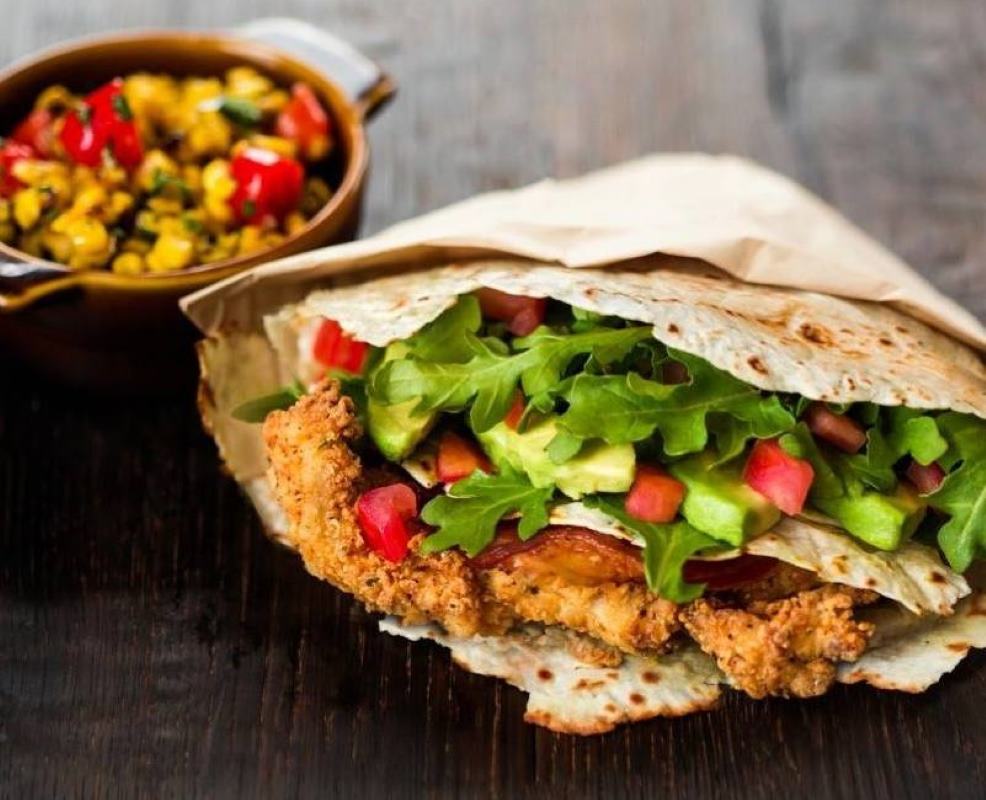The evolution of street food is an easy part of human history to overlook. You know, it’s one of those things that just is, and we seldom bother to question it. From food carts in public places to snack stalls in the middle of a market, street food is a ubiquitous phenomenon in every culture of the world.
So, let us get right into the evolution of street foods. Anticipate an expose on how it went from traditional dishes to recent food innovations as found on streets globally.
Ancient Origins of Street Food
Cultural street food history dates back several millennia to various civilizations. Indeed, global street food trends rise and ebb alongside their accompanying civilizations.
History suggests that ancient Greece had open-air stands where citizens could buy fried fish. Similarly, ancient China, Rome, Alexandria, Pompeii and Aztec Mexico had similar contraptions many centuries back. However, though these historical food trends may have no traditional street food dishes in common, some common denominators still exist. For example, historical records suggest that street foods in medieval times were often ubiquitous in urban areas. Also, medieval street foods catered to the feeding of indigent, traveling and working class people.

In places like ancient Rome and Greece, poor people were often forced to live off the streets and equally draw their sustenance from there. Many of these poor folks had no hearths or ovens in their homes, making it impractical for them to make meals at home.
However, as cultures evolved over the years, street foods now transcend social strata. Consequently, poor, middle-class and wealthy people patronize street food vendors today. Indeed, street food and fast food now intersect on several levels, making them almost synonymous.
ALSO READ: Top Items to Include in Your Emergency Food Stockpile: The Ultimate Survival Checklist
Cultural Significance of Street Food
Food is undoubtedly a cultural denominator; all humans eat. However, there is no disputing that culinary variations exist between societies. So, one of the first reality checks someone in a new environment experiences is often food-related.
The cultural significance of global street food trends is not farfetched. Usually, some of the cheapest meals in a locale are the tastiest and are easy to buy on street corners. Consequently, the popularity of street food fusion dishes often explodes. Naturally, an individual waiting for a connecting flight who wanders into a city to kill time can learn loads about the culture, partly through its traditional street food dishes.

Here are a couple of things we can learn about a society through its street food.
1. Cultural Street Food History
The evolution of street food is often subject to cultural intersections. Before the advent of technologies that made travel and intercultural interactions easy, some societies lived in culinary isolation. We no longer need to rely on Marco Polo to explore the world on our behalf. Technologies like the internet have led to cultural intersections on so many levels.
So, you may find that some modern street food innovations are the product of influences from other cultures.
2. How Local Agriculture Influences the Evolution of Street Food
Usually, the most common traditional street food dishes reflect agricultural surpluses of certain crops. For example, tortillas are the most popular street foods in Mexico because of its major ingredient, corn. This crop is readily available and very cheap in North and South America. Similarly, various street foods made from rice are common in China.
3. The Impact of Modern Street Food Innovations on the Local Economy
New to a community? A quick walk through the busy parts of town to interface with vendors of street foods can tell you a lot about the local economy. While the GDP may suggest how wealthy a nation is, such firsthand interactions can tell you the standard of living. How much food the local currency can purchase and the ease of doing business are better metrics.
The Rise of Fusion Street Food
Sushi is a dish that has Japanese origins. Interestingly, some chefs in Nigeria, a West African country, now include it on their menu. Meanwhile, akara is one of Nigeria’s popular traditional street food dishes, made by frying bean pudding. Today, a similar variant of this food, Acara, is available in Brazilian communities.
These are just a few examples of street food fusion dishes. So, fusion cuisine entails adopting a dish or ingredient from another culture and incorporating it into local street food. Chefs or street food vendors often tweak the recipe of foods from other cultures to help their local consumers adapt to the new culinary experience.

Naturally, you may chance upon a traditional street food native to Eastern Europe on the streets of Egypt. Well, maybe not the exact food item, but something very close or a product of fusion street food ideas. The history of global street food is going the way of fusion cuisines and dishes now more than ever.
Pasta was introduced to the United States through a similar trend. Stories have it that President Jefferson ate pasta during his state visits to Europe in the eighteenth century. He fell in love with the food product, had it imported after his return, and later facilitated the establishment of the first pasta factory in the US.
ALSO READ: Is Microwaving Food Bad? The Science Behind It
Similarly, travels and cultural exchanges have thinned the demarcations of culinary cultures. Local street food products are popping up in other parts of the world, and foreigners who find such palatable are incorporating them into their diets. For example, you can order pizza almost anywhere you travel globally. Meanwhile, it is a street food that originated in Naples.
Conclusion
Street food culture across continents has undergone a metamorphosis from traditional and ancient roots to the modern food scene. The evolution of street food is not eroding the cultural heritage of societies, as some may think. On the contrary, it is making culinary cultures spread their tentacles to new regions of the world.
Before long, local street food festival highlights may reveal how a society has become a culinary melting pot of several cultures. There are so many interesting dishes from other cultures to explore. You don’t need to visit Germany to enjoy sauerkraut, simply look up the recipe on YouTube and understand the process conditions.
The evolution of street food has opened the world to several culinary possibilities. So, do well to take your palates on an exploratory journey of the world.











